In today’s rapidly evolving business landscape, organizations are constantly seeking ways to leverage artificial intelligence to enhance their operations and decision-making capabilities. Retrieval-Augmented Generation (RAG) has emerged as a powerful solution that combines the precision of information retrieval with the flexibility of generative AI. This article explores how businesses can effectively implement RAG to improve their processes, drawing from real-world applications and practical considerations.
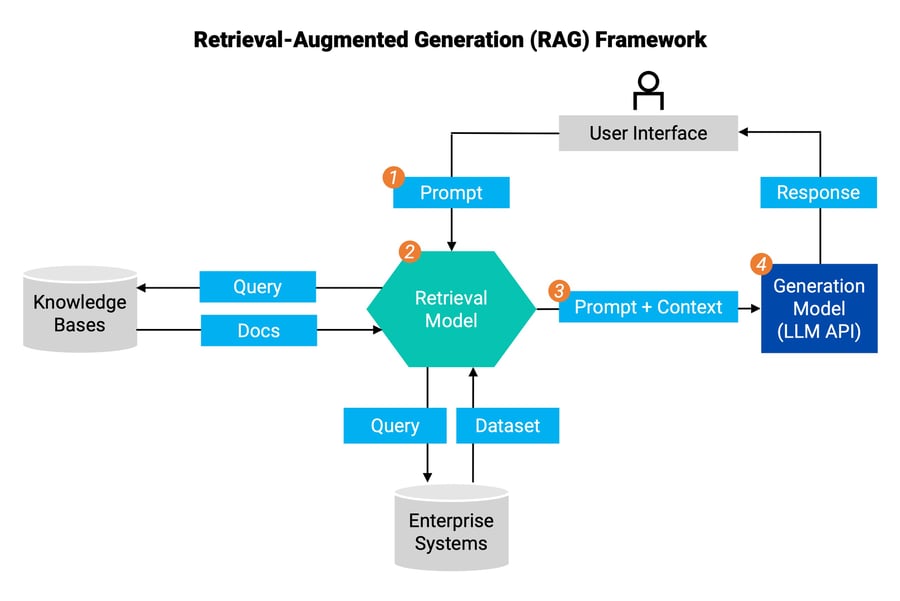
Understanding RAG: The Fundamentals
Retrieval-Augmented Generation works by enhancing AI language models with specific, relevant information from a curated knowledge base. Instead of relying solely on the AI’s pre-trained knowledge, RAG systems first retrieve pertinent information from your organization’s documents, then use this context to generate accurate, contextually appropriate responses. This approach combines the broad capabilities of large language models with the precision and reliability of your organization’s proprietary information.
The process involves three key components:
- A knowledge base of structured and unstructured documents
- An information retrieval system that identifies relevant content
- A generative AI model that produces responses based on both the retrieved information and its general knowledge

Strategic Applications in Business
Document Management and Knowledge Access
Similar to how project managers maintain clear documentation for stakeholder accessibility, RAG systems can transform how employees interact with company information. Instead of searching through multiple documents, team members can ask questions naturally and receive contextually relevant answers drawn from your organization’s knowledge base.
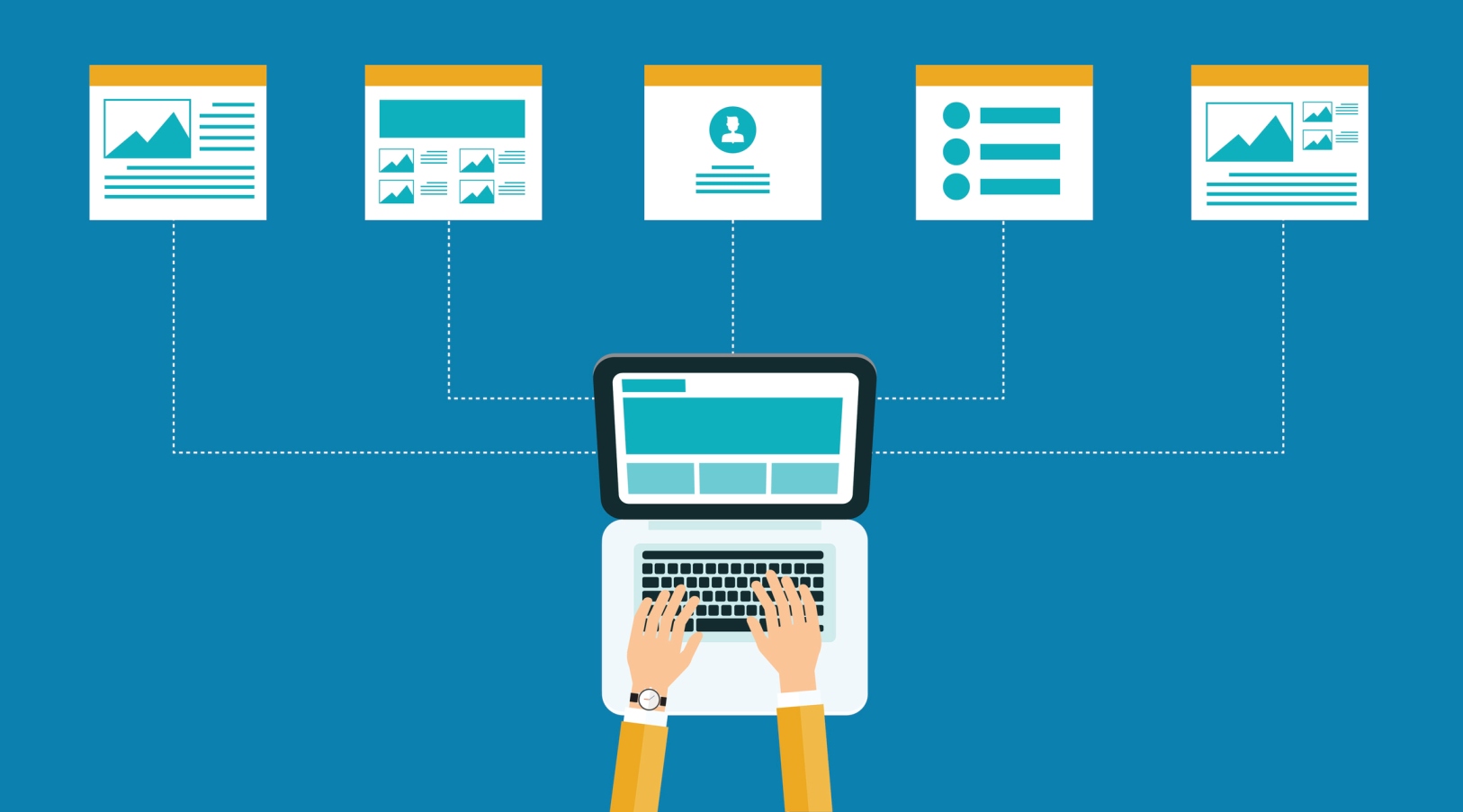
Client Service Enhancement
Just as account managers focus on maintaining clear client communication, RAG can improve client interactions by providing consistent, accurate responses to client inquiries. The system excels at accessing historical project information and past solutions, enabling teams to generate detailed, contextual proposals based on previous successful projects. This capability ensures that client communications remain both informed and consistent across all touchpoints.
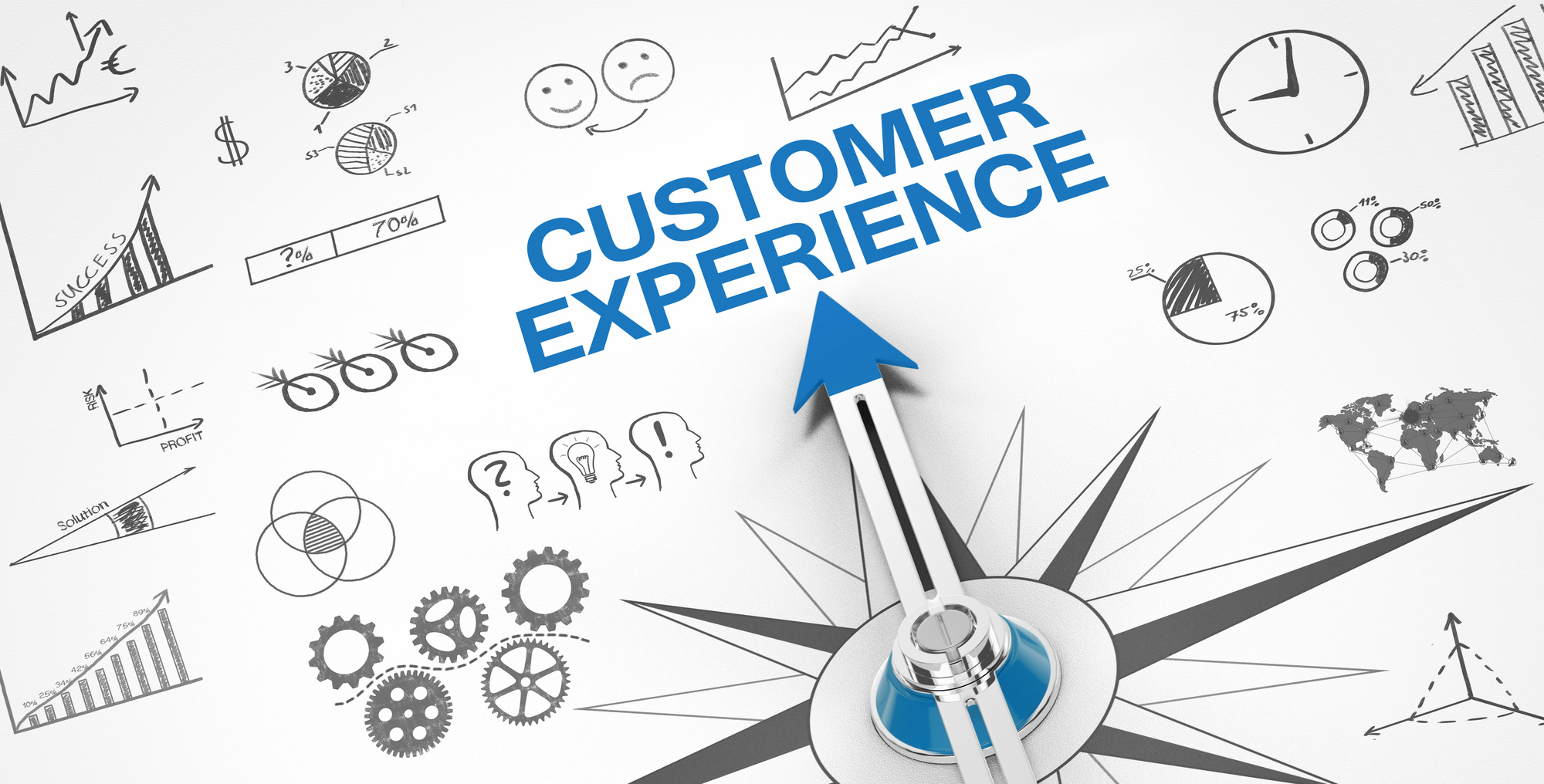
Process Optimization
Like the transition from Waterfall to Agile methodologies, implementing RAG represents a shift toward more flexible, responsive business processes. Organizations can use RAG to streamline onboarding by providing new employees with immediate access to institutional knowledge. This access facilitates better decision-making through quick retrieval of relevant historical data, significantly reducing the time teams spend searching for information and documentation.

When to Implement RAG
Favorable Conditions
RAG implementation proves most beneficial for organizations that maintain extensive documentation requiring frequent reference by employees. Companies that prioritize data-driven decision-making and need consistent access to historical information will find particular value in RAG systems. The technology especially suits organizations scaling their operations, as it helps maintain knowledge consistency across growing teams while ensuring accuracy and traceability in AI-generated responses.
Potential Challenges
Implementation success heavily depends on the quality and organization of existing documentation. Organizations must be prepared for careful initial curation of their knowledge base and commit to ongoing maintenance to keep information current. Technical expertise may be required for integration with existing systems, and teams should be prepared to invest time in proper setup and maintenance procedures.

Implementation Strategy
Assess Your Knowledge Base
Begin by evaluating your existing documentation. A thorough assessment should examine not only the breadth of available information but also its quality and relevance. This evaluation helps identify crucial documents and information sources while highlighting gaps in current knowledge capture. Organizations should use this assessment to establish or refine documentation standards that will support effective RAG implementation.
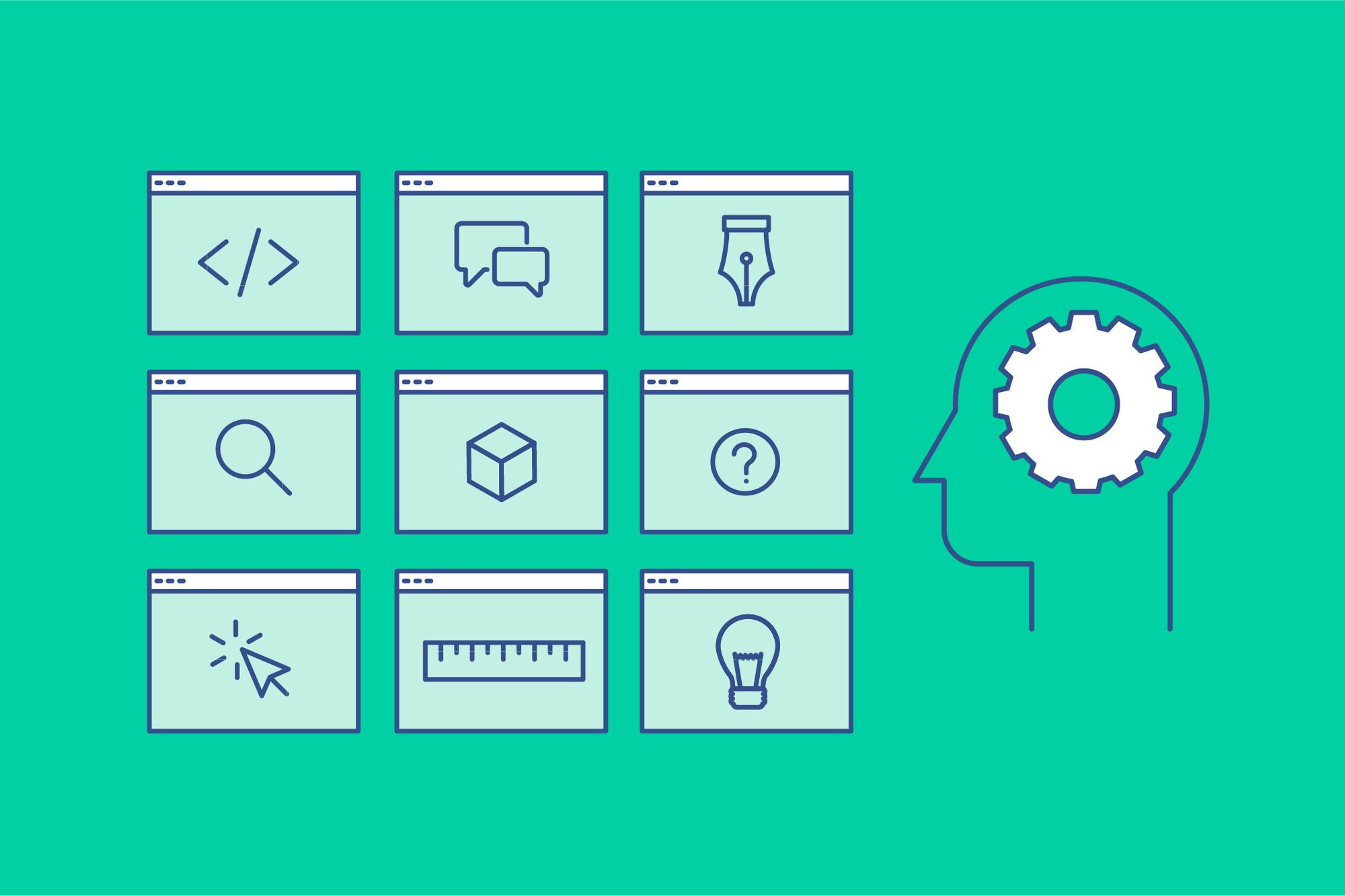
Define Clear Objectives
Like project management processes that emphasize clear deliverables, establishing specific goals for your RAG implementation is crucial. Organizations should identify key processes that would benefit from RAG while setting measurable success metrics. Different user groups within the organization may have varying needs and expectations, so defining clear outcomes for each group helps ensure comprehensive success.

Staged Implementation
A structured approach to deployment ensures the highest likelihood of success. Start with a pilot program in a specific department or process, gathering detailed feedback and measuring results against predetermined metrics. Use these insights to refine the system before gradually expanding to other areas of the organization. This measured approach allows for careful optimization at each stage of implementation.

Maintain and Optimize
Successful RAG implementation requires ongoing attention to system performance and user needs. Organizations should establish regular review cycles for updating the knowledge base and monitoring system performance. User feedback should inform continuous improvements to retrieval accuracy and response quality, ensuring the system evolves with the organization’s needs…
The Future of RAG
As RAG technology continues to evolve, several promising developments are poised to reshape how organizations leverage this technology. Among the most significant advances on the horizon, two stand out for their practical impact and near-term potential.
Agentic RAG Systems
The next generation of RAG systems will incorporate more sophisticated agent-based approaches, enabling more dynamic and interactive information retrieval. Rather than simply matching queries to stored information, these systems will actively engage with multiple data sources, refine queries in real-time, and synthesize information more intelligently.
For businesses, this means more precise and contextual responses to complex queries. For example, a customer service system could simultaneously reference product documentation, past customer interactions, and current inventory data to provide comprehensive, situation-aware responses.
Self-Reflecting Systems
Another significant advancement is the introduction of self-reflection capabilities in RAG systems. This technology enables systems to evaluate the quality and relevance of their responses before delivering them to users. By analyzing patterns from successful interactions and learning from less effective ones, these systems can continuously refine their retrieval strategies and response generation. This self-improving capability will be particularly valuable in professional services environments, where accuracy and reliability are paramount. Organizations can expect more consistent and accurate responses over time, with reduced need for human oversight and correction.
These advancements suggest a future where RAG systems become increasingly sophisticated partners in knowledge management and decision-making processes, while maintaining the critical balance between automation and human expertise.
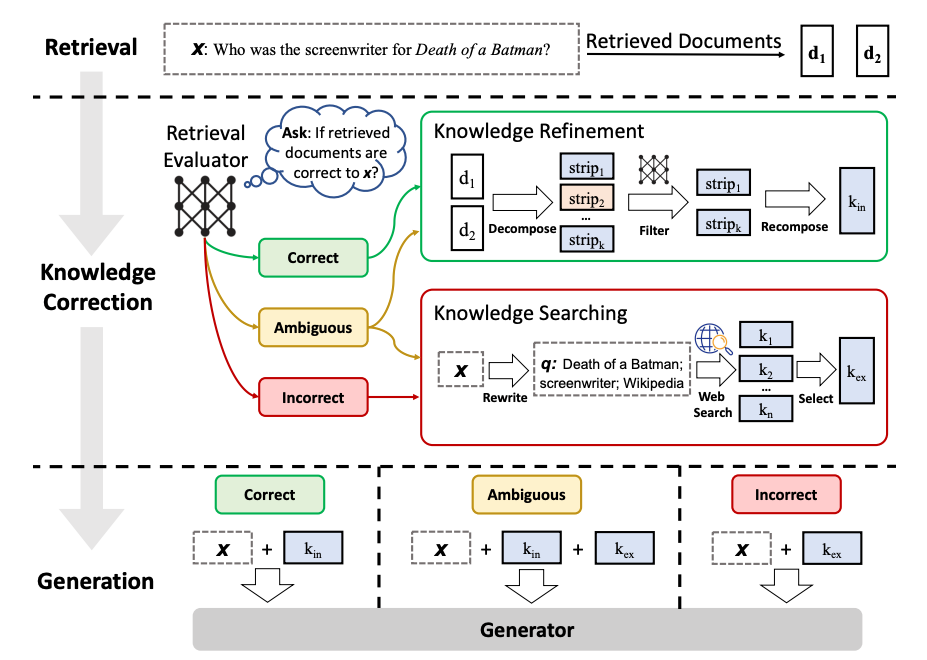
Measuring Success
Success measurement in RAG implementation extends beyond simple metrics. While quantitative measures like time saved in information retrieval and response accuracy are important, organizations should also consider qualitative improvements in decision-making processes and team collaboration. The true value often emerges in how RAG enhances overall business operations, from improving client satisfaction to enabling more informed strategic planning.
Wrap-up
RAG represents a significant advancement in how organizations can leverage their institutional knowledge while benefiting from AI capabilities. When properly implemented, it can transform how businesses operate, making information more accessible and decision-making more efficient. Success depends on careful planning, clear objectives, and a commitment to maintaining quality in both the knowledge base and the implementation process.
By following a structured approach to RAG implementation, organizations can enhance their operations while maintaining the high standards of accuracy and reliability that clients expect. As with any significant process change, the key lies in understanding your specific needs and carefully planning the implementation to ensure it aligns with your business objectives and organizational culture.
